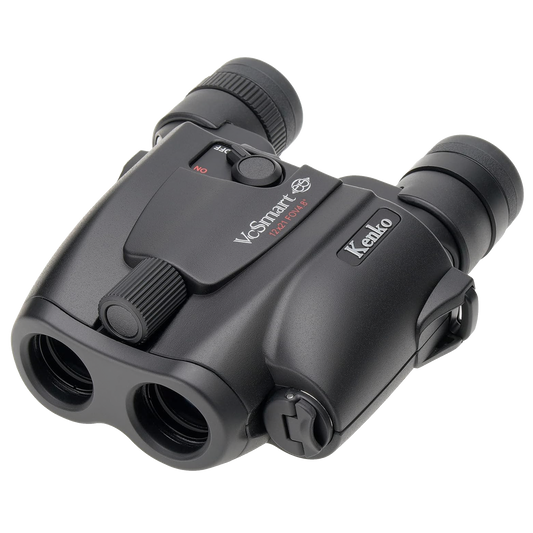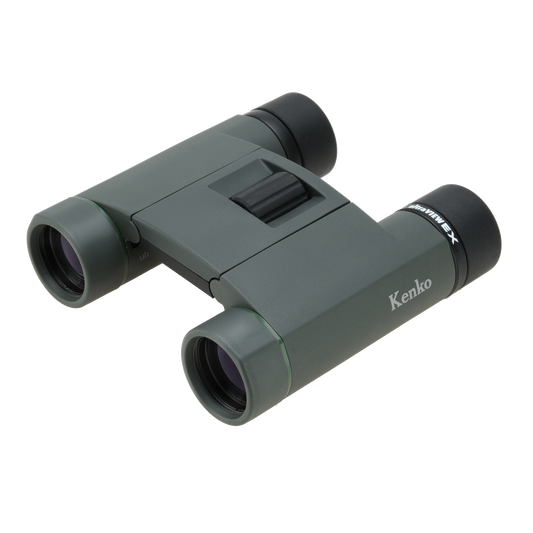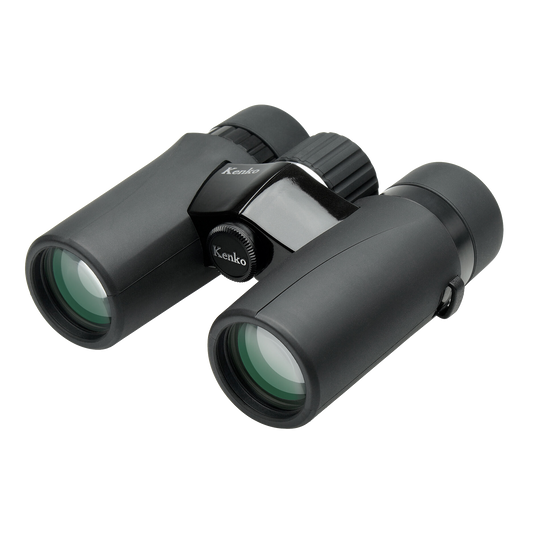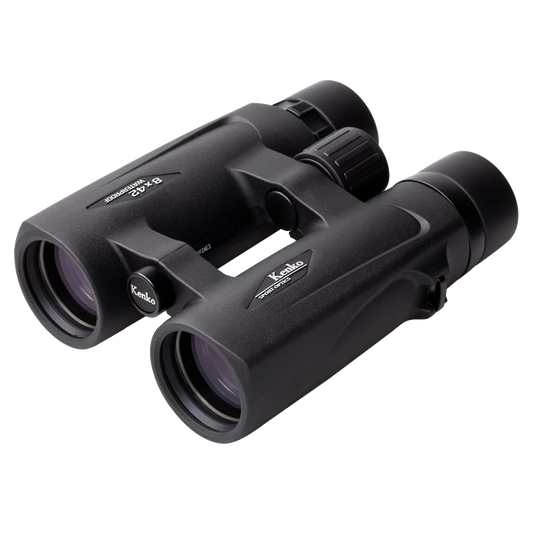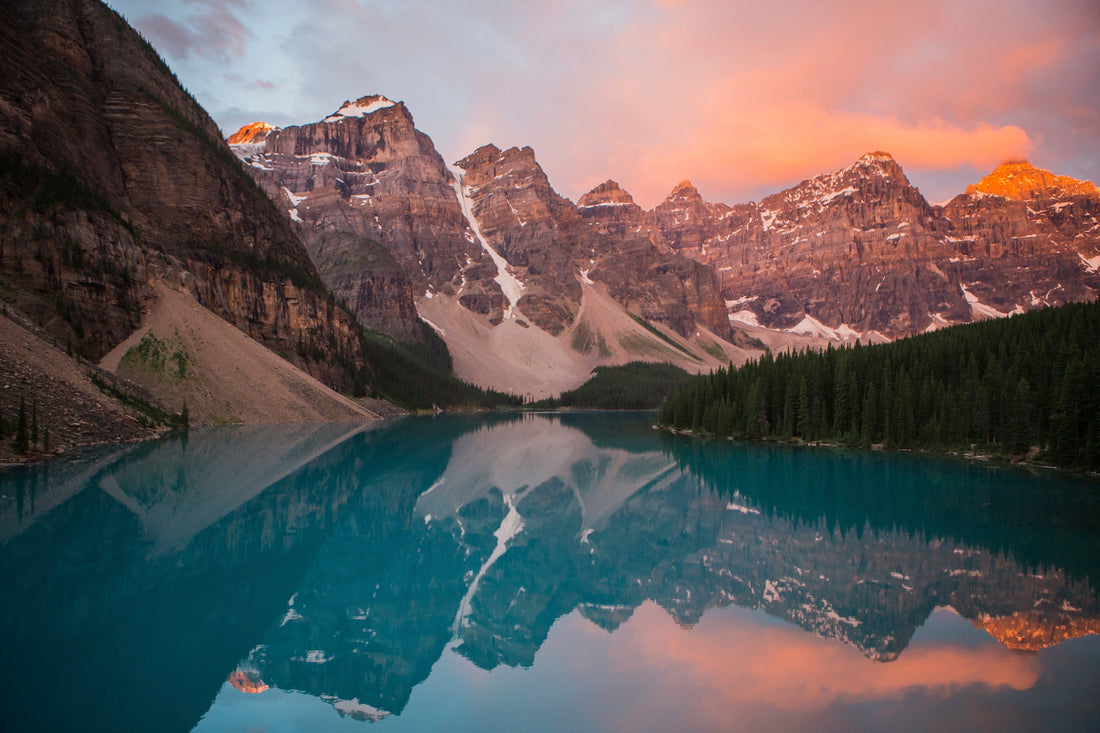
How to Photograph Lake Reflections

Photo by garrett parker on Unsplash
If you ask me, you can’t get much better than a scene like the one above.
Between the soaring mountains, the warm colors of the setting sun, and that incredible reflection, there’s no lack of beauty in this image.
If you want to create images like this, though, you’ll need to follow a few handy tips that will maximize your results.
How to Photograph Lake Reflections: Shoot at the Right Time of Day

photo by den-belitsky via iStock
If at all possible, be at your desired shot location before sunrise or near sunset.
This ensures a couple of things. First, the colors of the sunrise or sunset will add pop to the image, and second, the wind is least likely to be blowing early in the morning or late in the evening.
Those two elements are a recipe for a drop-dead gorgeous lake reflection photo.

photo by Morgan Somers via iStock
Additionally, thanks to the softer light of sunrise and sunset, the level of contrast and dynamic range (the range of shadows to highlights) will be reduced.
This is advantageous because you can avoid the deep shadows with no features and the super bright highlights with no features that are prevalent when shooting landscapes in the middle of the day.
Learn More:
How to Photograph Lake Reflections: If You Can’t Shoot at Sunrise and Sunset…
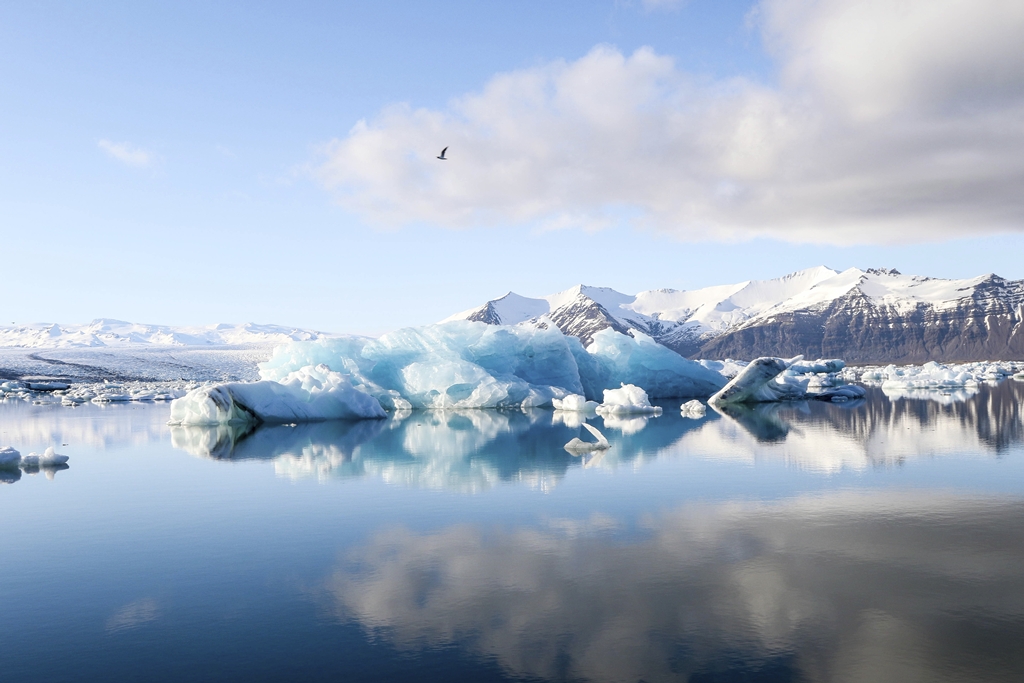
Photo by Jeremy Bishop on Unsplash
Of course, not every opportunity for a gorgeous photo happens at sunrise and sunset, so you need to be prepared with the right gear to maximize your reflection photos during the daytime.
This means arming yourself with a high-quality polarizing filter.
Why a polarizer?
Polarizing filters reduce glare off of non-metallic surfaces (like water) while also minimizing atmospheric haze.

Photo by Maarten Deckers on Unsplash
Additionally, polarizers boost the contrast in the sky, making the clouds a brighter white that pops on the dark blue color of the atmosphere.
All told, polarizers give you the ability to enhance the beauty of the landscape and the reflection on the lake so you can get breathtaking photos, even with the harsh light of the daytime.
And don’t think that polarizers are a big expense, either.

I’ve used the Kenko Nyumon circular polarizer shown above for several months now, and it has proven to be an invaluable investment.
It’s crafted of precision polished Asahi Japanese optical glass, so it creates beautifully detailed results while also resisting environmental contaminants like dust and fingerprints.
It’s mounted in a SLIM ring as well, which means vignetting is reduced when shooting at wide angles.
Best of all, my filter was less than $40.00. It’s been worth its weight in gold, though!
Ready to take your lake reflection photos up a notch? GET OUTFITTED WITH A POLARIZING FILTER.
How to Photograph Lake Reflections: Zoom In

photo by mantaphoto via iStock
If you photograph a lot of landscapes, you’re likely used to shooting at a wide angle to capture as much of the scene as possible.
And while this can be advantageous in many landscape situations, when shooting reflections, it can lead to an image that feels a little empty.
By shooting at a longer focal length, you can zero in on the subject of the reflection, as was done above, and create an impactful, intimate photo that puts the reflection on full display.

Photo by Faye Cornish on Unsplash
This tip works even better when the subject of the reflection is small.
As you can see above, by framing the shot tightly around the tree, the photographer maximizes the impact of the tree’s details - it’s colors, textures, and shape - while also giving us a close-up view of its reflection in the lake’s waters.
Learn More:
- How to Create Beautifully Moody Landscape Photos
- How to Be a Better Photographer - 5 Signs You’re Making Progress
How to Photograph Lake Reflections: Make the Reflection More Interesting

Photo by Chloé Lam on Unsplash
Most lake reflection photos you see are of relatively perfect reflections. And while that’s fine, it’s not exactly unique.
You can make your lake reflection photos stand out by adding elements that increase the interest of the composition.
You can add leading lines to connect the foreground to the background. You can take a very low shooting position to bring foreground elements into the shot. You can also frame the reflection, as was done using the foreground trees above, to create a more intimate image.

Photo by Joshua Earle on Unsplash
You can also add people to your reflection photos.
Doing so adds yet another element of interest that engages viewers with the photo and encourages them to inspect the shot more thoroughly. That’s just what you want!
So, add a person or a leading line, zoom in, outfit your lens with a polarizer, or time your shots to take advantage of sunrise and sunset. If you can do these things as the situation warrants, your photos of lake reflections will be much-improved!
Learn More:
- 4 Ways You Can Improve Your Photos This Weekend
- Simple Landscape Photography Tips With Tons of Impact
Originally posted on PhotographyTalk.com

